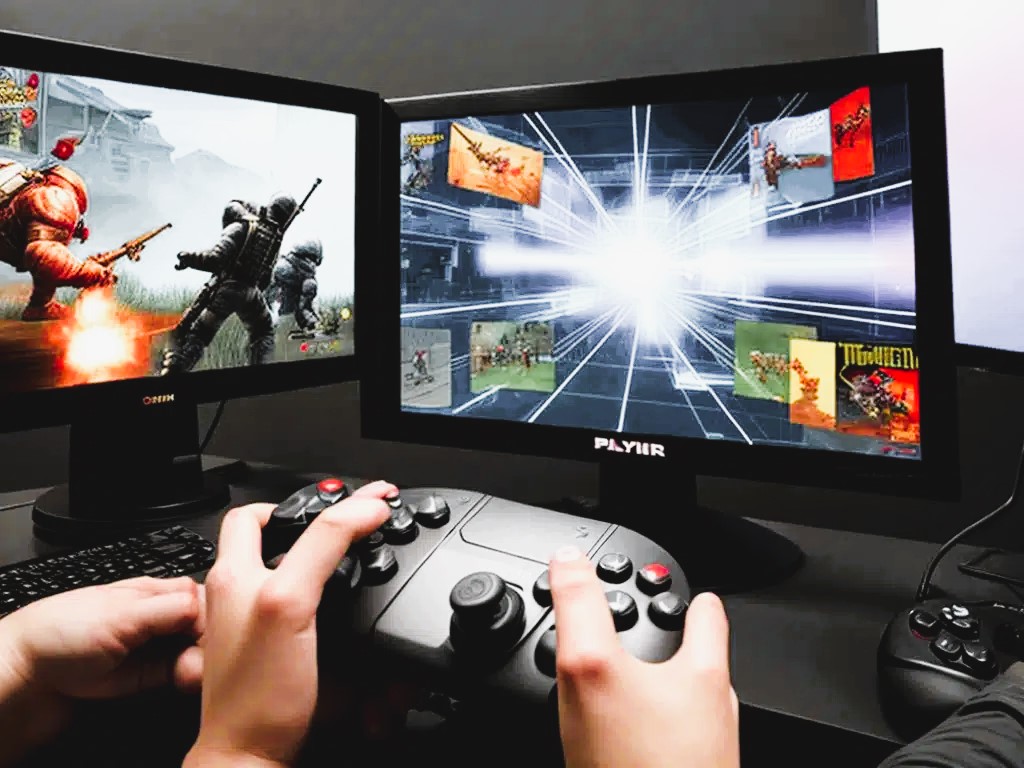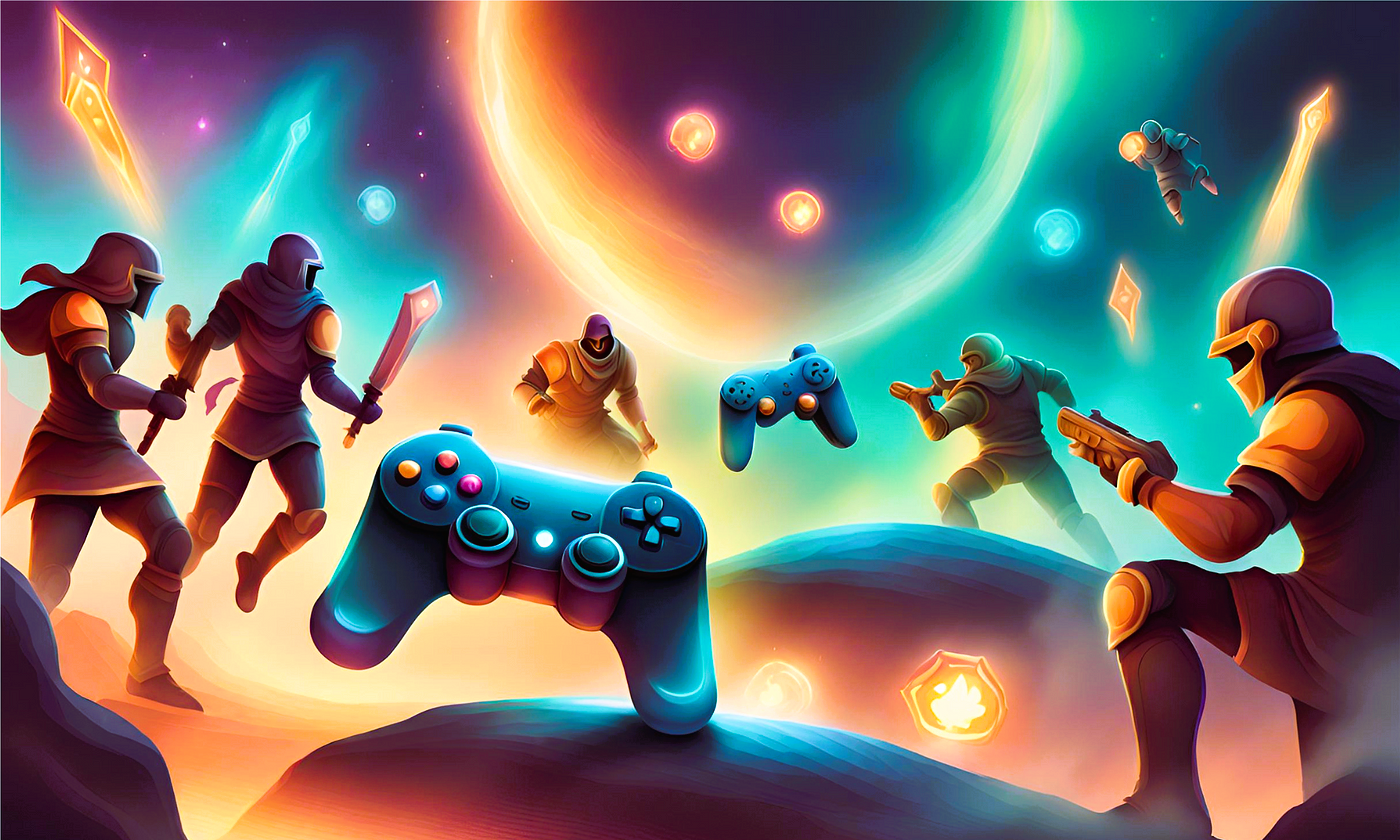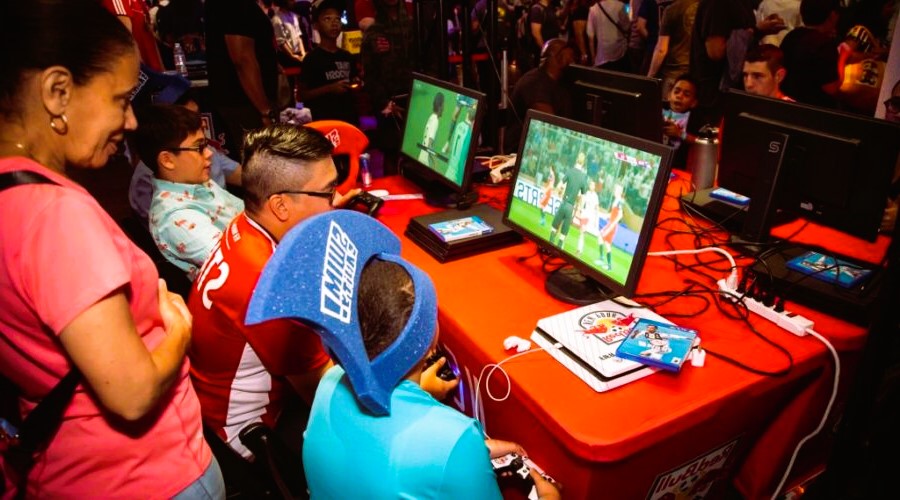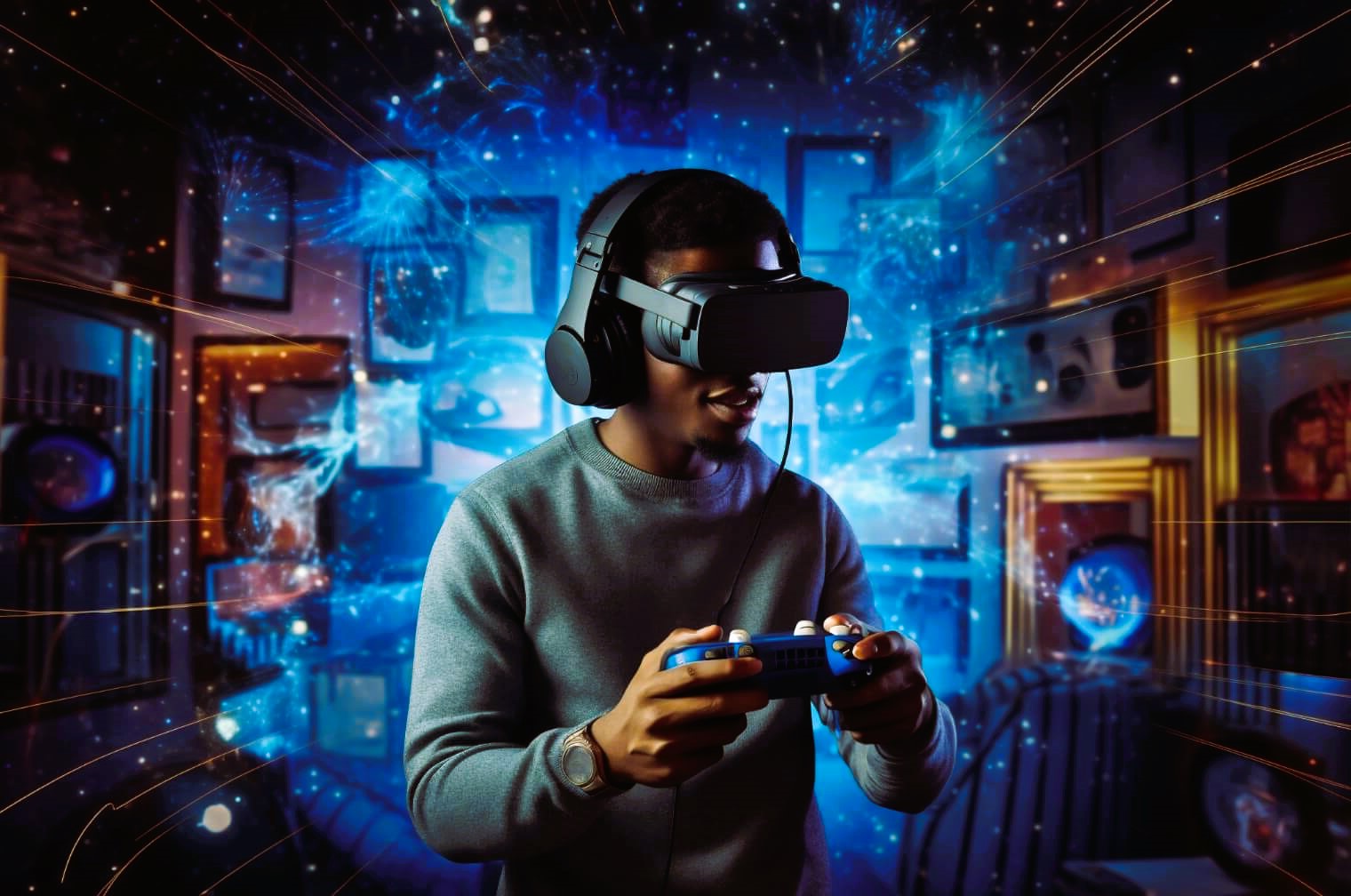The world of multiplayer gaming has undergone a seismic shift over the past few decades, evolving from small gatherings of friends around a single room to vast global online communities. This transformation has redefined not only how games are played but also how gamers interact, collaborate, and compete. Let’s explore this fascinating journey, from the humble beginnings of LAN parties to the interconnected digital ecosystems of today.
The Origins: Local Multiplayer and LAN Parties
Multiplayer gaming initially took shape as a local affair. In the early days of gaming, multiplayer experiences were limited to split-screen modes on a single console or co-op play on arcade machines. These setups required players to share physical space, fostering an intimate and competitive environment.
The 1990s saw the rise of LAN (Local Area Network) parties, a phenomenon where friends connected their computers to play games together in the same physical location. Games like DOOM and Quake were instrumental in popularizing this format, allowing players to engage in real-time combat without the need for internet connectivity.
Why it mattered: LAN parties fostered camaraderie and competitive spirit, creating tight-knit communities centered around shared experiences. These gatherings laid the groundwork for the competitive gaming culture we see today.
For more on the history of LAN parties, visit the Wikipedia page on LAN gaming.
The Rise of Online Multiplayer
The late 1990s and early 2000s marked the beginning of the internet’s influence on multiplayer gaming. Titles like StarCraft, Counter-Strike, and EverQuest introduced online matchmaking, allowing players to connect remotely. These games leveraged the growing accessibility of broadband internet, making it possible for gamers to compete and collaborate from different parts of the world.
One of the pivotal moments in online gaming was the release of World of Warcraft in 2004. This MMORPG (Massively Multiplayer Online Role-Playing Game) brought millions of players together in a persistent online world, blending gameplay with social interaction. The game became a cultural phenomenon, highlighting the potential of online multiplayer as a platform for immersive storytelling and community building.
Key developments during this era included:
- The introduction of leaderboards and ranking systems to foster competition.
- The rise of voice communication tools like Ventrilo and later Discord.
- The expansion of multiplayer gaming genres to include MMOs, MOBAs, and battle royales.
The Birth of Esports
As online gaming matured, the competitive scene exploded into the mainstream, giving birth to esports. Early tournaments for games like StarCraft and Counter-Strike showcased the potential of organized competition, but it was titles like League of Legends and Dota 2 that transformed esports into a billion-dollar industry.

Platforms like Twitch and YouTube further revolutionized how multiplayer games were consumed, allowing fans to watch their favorite players and teams in real time. Esports has since grown into a global phenomenon, with massive tournaments like The International and Fortnite World Cup drawing millions of viewers.
Why it matters: Esports legitimized gaming as a professional pursuit and created new opportunities for players, streamers, and developers alike. Did you like the article? Read also about Gaming Festivals and Events.
The Age of Online Communities
Modern multiplayer gaming is as much about social interaction as it is about gameplay. Platforms like Steam, PlayStation Network, and Xbox Live have integrated community features, enabling players to connect, share, and compete effortlessly. Discord has become a central hub for gamers to organize events, discuss strategies, and build friendships.
The rise of battle royale games like Fortnite and PUBG exemplifies this era, blending large-scale multiplayer experiences with vibrant online communities. Meanwhile, sandbox games like Minecraft and Roblox empower players to create and share their own worlds, fostering creativity and collaboration.
Emerging trends in multiplayer communities:
- Cross-platform play: Games like Call of Duty: Warzone and Apex Legends enable players on different devices to play together.
- Live-service models: Titles like Destiny 2 offer ongoing content updates to keep communities engaged.
- VR multiplayer: Virtual reality games such as VRChat and Rec Room provide immersive social spaces.
Challenges and Opportunities
The evolution of multiplayer gaming hasn’t been without challenges. Toxicity, cheating, and the digital divide are persistent issues. Developers have implemented measures like reporting systems, anti-cheat software, and inclusive design practices to address these concerns.
On the other hand, the opportunities are vast. Multiplayer games now serve as virtual meeting places, enabling social interaction during global crises like the COVID-19 pandemic. Additionally, advancements in AI and cloud gaming promise to further revolutionize the multiplayer landscape.
From LAN parties to global online communities, multiplayer gaming has come a long way. What started as a local pastime has evolved into a complex, interconnected ecosystem that brings people together from all walks of life. As technology continues to advance, the future of multiplayer gaming holds even greater potential for innovation and social connection.




